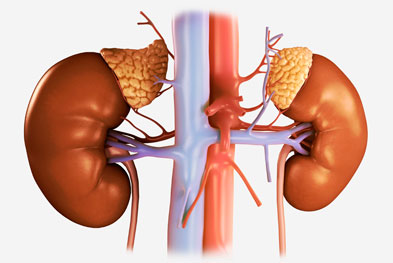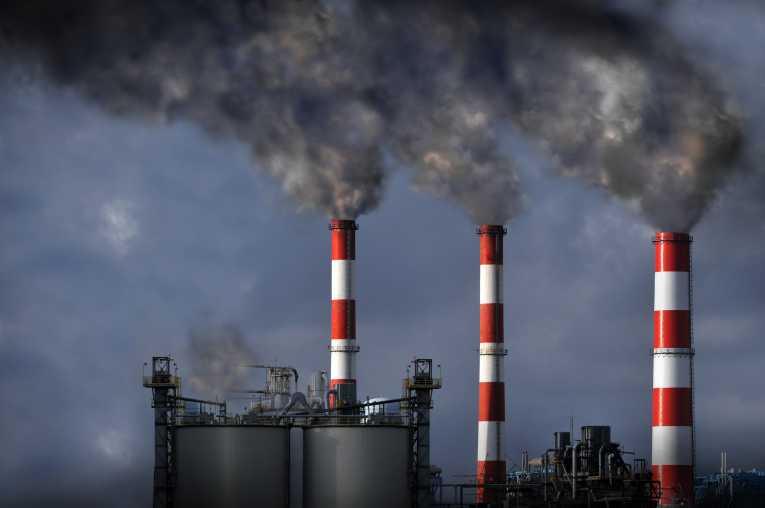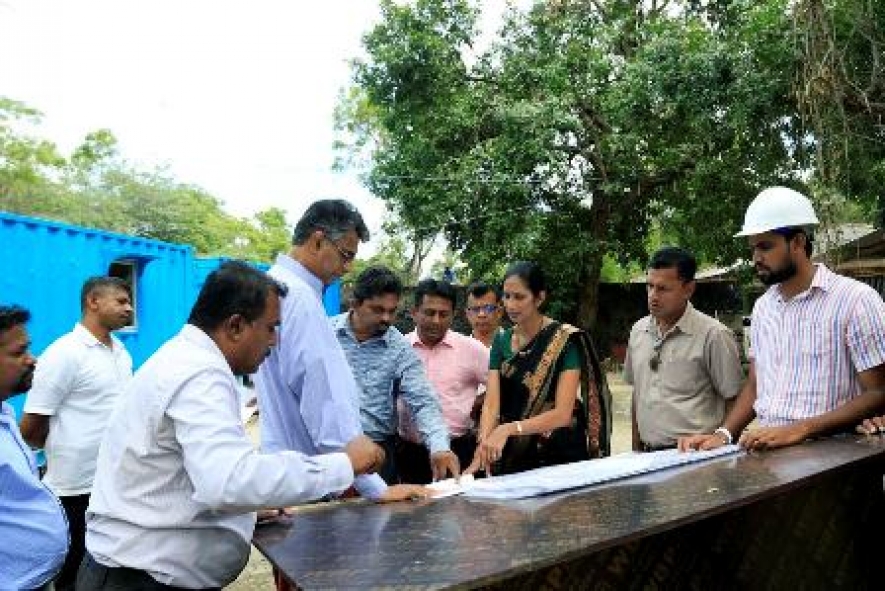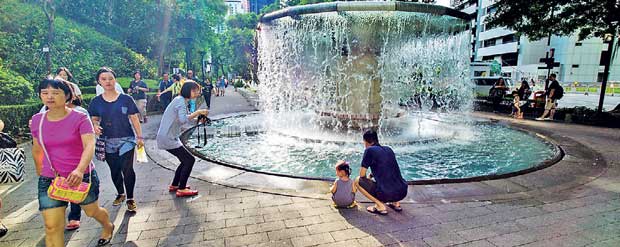
Drinking water is high priority say civil engineers
Civil engineers have noted that the country at present faced issues with regard to sustainability and technology when it came to water treatment for the purpose of producing drinking water.
Systems for the purpose of measurement must also be created in relation to water testing, specifically for testing of heavy metals, organic compounds, carbonic waste and priority organic pollutants, the mere presence of minute traces of which are carcinogenic in effect.
Senior Lecturer at the Department of Civil Engineering of the Faculty of Engineering of the University of Peradeniya, Dr. K.B. Shameen N. Jinadasa explained that appropriate technologies in terms of technologies which were economically, socially, environmentally, culturally, institutionally, administratively and structurally appropriate were not selected and used.
“There are lacunas in this process”, he said.
Another issue is that the systems pertaining to the above are installed separately, according to Jinadasa.
“The country must look at producing and manufacturing membrane filters locally”, Jinadasa further said.
“We should not have to depend on others with regard to membranous filters. When such filters are used in treatment related facilities, and the membrane of the filter breaks, we have to go to the country from which it was imported (China or Japan) or consult an expert in this regard. We must instead find a way to repair them here. We are conducting surveys to look at our weaknesses. This is a long-term process. For self-sustainability, we need a strong foundation and a suitable environment”. (RLJ)
Source – 31/12/2016, Nation, See more at – http://nation.lk/online/2016/12/31/drinking-water-is-high-priority-say-civil-engineers.html

Impure water takes a toll in Uva
There has been an increase reported in the number of patients suffering from chronic kidney disease of unknown etiology (CKDu) in the Uva Province in areas such as Mahiyanganaya and Girandurukotte.
The relevant authorities are conducting blood tests with the view to identifying those who have yet to be identified as patients suffering from CKDu.
Governor of the Uva Province, MP Jayasinghe pointed out that people in mountainous and hilly regions in the Province were using water which naturally flowed in from such areas where water has contained traces of fertilizer and agrochemicals.
Rideemaliyadda, Moneragala, Badulla, Wellawaya and Diyatalawa are also similarly impacted, according to Jayasinghe.
“The agricultural industry is found in areas such as Welimada and Uva Paranagama which are populated by farmers and farms including jungle (Chena) cultivations where vegetables such as potatoes are grown,” Jayasinghe said.
He pointed out that certain residents lacked the economic essentials to obtain clean water while others were ignorant about the importance of using clean water and how to purify water while addressing issues pertaining to clean water.
Jayasinghe explained that moves to introduce dialysis units and machines for use in domestic settings in houses are presently at a discussion stage.
Source – 14/01/2017, Nation , See more at – http://nation.lk/online/2017/01/14/impure-water-takes-a-toll-in-uva.html

At last environment watchdog gets its teeth
The Central Environmental Authority will be issuing a gazette introducing standards to be complied with regard to industrial gaseous emissions by factories.
The Government has proposed to take stern legal action against industries releasing gases harmful to the environment without adhering to the stipulated standards in terms of the quantities to be released and the air quality to be maintained at all times.
Those engaged in the improper disposal of waste into water bodies and anyone emitting sounds at decibel levels harmful to the environment are presently being dealt with under the National Environmental Act.
Director General of the Authority, K.H. Muthukudaarachchi explained that power plants, those operating industrial boilers and furnaces such as those in the metal industry, the recycling industry, and those engaged in smelting and fabrication were the heaviest polluters as far as the industrial sectors were concerned.
Subsequent to the issuing of the gazette, a national and island-wide programme would be implemented.
While the Authority will conduct quarterly inspections by way of visits to factories island-wide, the law also allows them to conduct raids.
“The gazette has been drafted and sent to the Legal Draftsman’s Department for approval. Industrial treatment plants have to be maintained as per the current law and sound levels too must be maintained at the prescribed levels,” Muthukudaarachchi further said.
Source – 31/12/2016, The Nation, see more at – http://nation.lk/online/2016/12/31/at-last-environment-watchdog-gets-its-teeth.html

Polonnaruwa to be developed under ‘Sukhitha Purawara’ initiative
A special discussion on the development of Polonnaruwa was held yesterday (26th Feb.) at the CECB, Polonnaruwa under the patronage of Minister of Megapolis and Western Development Patali Champika Ranawaka.
Protecting the history of ancient Polonnaruwa, the development project will be implemented by the Urban Development Authority (UDA) under the ‘Sukhitha Purawara’ initiative. Polonnaruwa will be developed under three phases as the ancient city, Kaduruwela Financial City, and the new town administration city.
The minister instructed the officials to draft a regular program for maintenance before every development program is implemented and to be implemented. Further, the attention was also drawn towards solid waste management, energy management, and traffic congestion. A program should also be implemented to harvest the rain water and use for the public needs.
The minister further said that, the urban development programs implemented previously have been destroyed at present due to the non-availability of a program to maintain them, but the present government is being accused in that regard.
The officials were further instructed by minister Ranawake to finish the basic development programs of Polonnaruwa development project by 2020.
Sourc – 27/02/2017. Ceylon Today, See more at – http://www.ceylontoday.lk/article20170101CT20170331.php?id=4173
Dry zone small tank revival seen mitigating drought impact
Private sector investments have been encouraged to revive small tank cascade systems in the country’s dry zone to mitigate the impact of a severe drought, which has deprived almost a million people of drinking water and cut rice output.
Most long-term recommendations to mitigate the impact of disasters like drought are about overall disaster risk reduction, said Visaka Hidellage, Deputy Country Representative of the United Nations Development Programme.
The island came out of serious floods in 2016 and then went straight into a drought, she told a forum on drought impact organised by the Asia Pacific Alliance for Disaster Management Sri Lanka (A-PAD Sri Lanka).
“When there are floods, everyone is concerned about getting the water out rather than storing it for a drought,” she said. “There’s a very direct link between drought and floods.”
Disaster risk reduction measures for drought management include the revival of the small tank cascade systems in the dry zone, Hidellage said.
“But rehabilitation of tanks in isolation is not the answer – we need a system-wide approach,” Hidellage said.
A 27 tank cascade system rehabilitated in 2015/16 in Kurunegala had helped farmers continue cultivation of rice and other crops despite the drought, and could be replicated elsewhere.
In Kurunegala. tanks were filled with water so farmers were able to work and cultivation continued into the next season.
“Not just paddy but alternative crops can be looked at. We need to think long term for an effective disaster risk reduction strategy,” Hidellage said.
The work was started in 2015, and by mid-2016, some tanks in the cascade system were completed, so water got filled and despite a failed crop elsewhere, people were able to cultivate.
Investments in tank rehabilitation could be a way of channelling drought relief to farmers, she said.
“The UN wants to start a mapping exercise of all tanks in 12 districts – small tank cascades – to give guidance to those who want to invest in drought risk reduction,” Hidellage said. (ECONOMYNEXT)
Source – 27/02/2017, The Island, See more at – http://www.island.lk/index.php?page_cat=article-details&page=article-details&code_title=161065

Green cities are not just for the elite
Green cities have become a key goal of urban development. They are environmentally friendly, provide clean water, protect green space and offer an enhanced public experience. However, they’re not perfect. In fact, some of the different needs of citizens may have been neglected amid all the attention lavished on green cities. A green city in many real-life cases is neither green everywhere, nor green for everyone. Also, a green city neither guarantees an economically strong city nor a
However, they’re not perfect. In fact, some of the different needs of citizens may have been neglected amid all the attention lavished on green cities. A green city in many real-life cases is neither green everywhere, nor green for everyone. Also, a green city neither guarantees an economically strong city nor a liveable place for people of all income classes. While the reference to income classes may sound like an old debate about class war, inequality between citizens of different financial means should be acknowledged. A city that aims to provide for the diverse needs of its population has to formulate a correspondingly diverse urban development agenda.
Seen from the perspective of urban dwellers of different socio-economic status, there are five urban development objectives that can be considered as ascending stages on a scale of liveability. First, in its most basic form, urban life needs to ensure a livelihood for citizens. Second, it should enable accessibility, allowing its residents to participate fully in daily urban life. Third, urban life should be affordable, ensuring that urban infrastructure, such as housing and urban services, such as healthcare, are affordable for citizens. Fourth, it requires resilience, enabling people to withstand social threats such as crime or environmental impacts like extreme weather events. Finally, at the highest stage, urban life has to provide for liveability, which allows people to fully enjoy what their city has to offer.
Focus on citizen needs
One can argue that some city governments have focused a lot of attention and resources toward developing environmentally sustainable cities that offer residents spaces to enjoy and thrive in. Although this is laudable and the five urban development objectives are not mutually exclusive, this policy focus might not deliver what many citizens most urgently need in developing Asia – shelter and a decent income.
This discrepancy is evident in the widespread housing insecurity and lack of economic opportunities we can see in many cities across the region. If a person’s main concern is to find a place to stay and to sustain a life for themselves and their families, a refurbished park in the city centre won’t do.
I formulate this in a provocative, obviously simplified way, not to discredit a green urban development agenda but to underscore that local governments have many other objectives to consider besides developing environmentally friendly cities. And even with regard to the green or other parts of the urban agenda, local governments have to pay special care to ensure that benefits are enjoyed by the whole urban population or at least a large majority.
Local solutions for inclusive green cities People of different socio-economic status should be able to benefit from their cities in physical, economic, environmental and social terms. The first three premises of a good urban life—basic livelihood, accessibility and affordability—need to be delivered. This doesn’t mean that resilience and liveability—the other two of the five urban development objectives—are any less worthwhile as goals. But if you don’t have livelihood, can’t participate fully in the city and can’t afford to live there, the final two objectives are attainable only by a small urban elite.
Local governments have to carefully evaluate which thematic areas are most relevant to the daily needs of their citizens. If a city lacks access to clean water and sanitation, hospitals, or public safety, the urban development agenda should reflect this – even if it diverges from current urban planning trends
Localized urban development policies should identify and reflect cross-sectoral benefits. For example, an economic growth programme should aim to improve a city’s competitiveness and also provide job opportunities to a broader array of citizens so they can afford housing, medical bills or the entrance fee to a cultural event.
Only then can green urban development have a genuine and positive impact on the lives of all citizens.
(Renard Teipelke is Consultant, Sustainable Development and Climate Change Department at the Asian Development Bank)
Source – 28/02/2017,Daily Mirror, See more at: http://www.dailymirror.lk/article/Green-cities-are-not-just-for-the-elite-124585.html#sthash.O0gjNkZZ.dpuf








